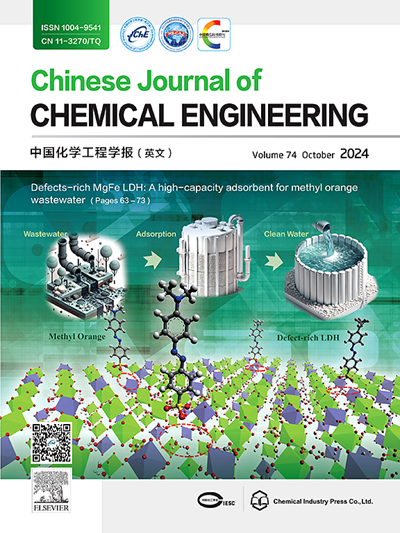煤制油高能量密度燃料的分子设计
IF 3.7
3区 工程技术
Q2 ENGINEERING, CHEMICAL
引用次数: 0
摘要
煤直接液化产品提供了相当数量的环烷烃,这是制造高能量密度燃料的宝贵候选者。这种燃料的创造取决于设计分子结构和计算它们的性质,这些可以通过计算机辅助技术加快。本研究在对煤直接液化油进行分析的基础上,构建了包含367个燃料分子的数据集。基于该文库中的分子结构-物理和化学性质数据,建立了三个卷积神经网络性质预测模型。各模型拟合能力较好,R2值均在0.97以上。然后,以饱和环烷烃的分子结构为研究对象,建立了变分自编码器生成模型。然后将结构-性能预测模型应用于新生成的分子,评估它们的密度、体积热值和熔点。结果,产生了70,000个新的分子结构,并确定了25个符合高能量密度燃料标准的分子结构。本文建立的变分自编码器模型有效地吸收了样本集的结构信息,并自主生成了传统实验方法难以实现的新型高能量密度燃料。本文章由计算机程序翻译,如有差异,请以英文原文为准。

Molecular design of high energy density fuels from coal-to-liquids
Direct coal liquefaction products offer a considerable quantity of cycloalkanes, which are the valuable candidates for making the high energy density fuels. The creation of such fuels depends on designing molecular structures and calculating their properties, which can be expedited with computer-aided techniques. In this study, a dataset containing 367 fuel molecules was constructed based on the analysis of direct coal liquefied oil. Three convolutional neural network property prediction models have been created based on molecular structure-physical and chemical property data from the library. All the models have good fitting ability with R2 values above 0.97. Then, a variational autoencoder generation model has been established using the molecular structures from the library, focusing on the structure of saturated cycloalkanes. The structure-property prediction model was then applied to the newly generated molecules, assessing their density, volumetric calorific value, and melting point. As a result, 70000 novel molecular structures were generated, and 25 molecular structures meeting the criteria for high energy density fuels were identified. The established variational autoencoder model in this study effectively assimilates the structural information from the sample set and autonomously generates novel high energy density fuels, which is difficult to achieve in traditional experimental methods.
求助全文
通过发布文献求助,成功后即可免费获取论文全文。
去求助
来源期刊

Chinese Journal of Chemical Engineering
工程技术-工程:化工
CiteScore
6.60
自引率
5.30%
发文量
4309
审稿时长
31 days
期刊介绍:
The Chinese Journal of Chemical Engineering (Monthly, started in 1982) is the official journal of the Chemical Industry and Engineering Society of China and published by the Chemical Industry Press Co. Ltd. The aim of the journal is to develop the international exchange of scientific and technical information in the field of chemical engineering. It publishes original research papers that cover the major advancements and achievements in chemical engineering in China as well as some articles from overseas contributors.
The topics of journal include chemical engineering, chemical technology, biochemical engineering, energy and environmental engineering and other relevant fields. Papers are published on the basis of their relevance to theoretical research, practical application or potential uses in the industry as Research Papers, Communications, Reviews and Perspectives. Prominent domestic and overseas chemical experts and scholars have been invited to form an International Advisory Board and the Editorial Committee. It enjoys recognition among Chinese academia and industry as a reliable source of information of what is going on in chemical engineering research, both domestic and abroad.
 求助内容:
求助内容: 应助结果提醒方式:
应助结果提醒方式:


